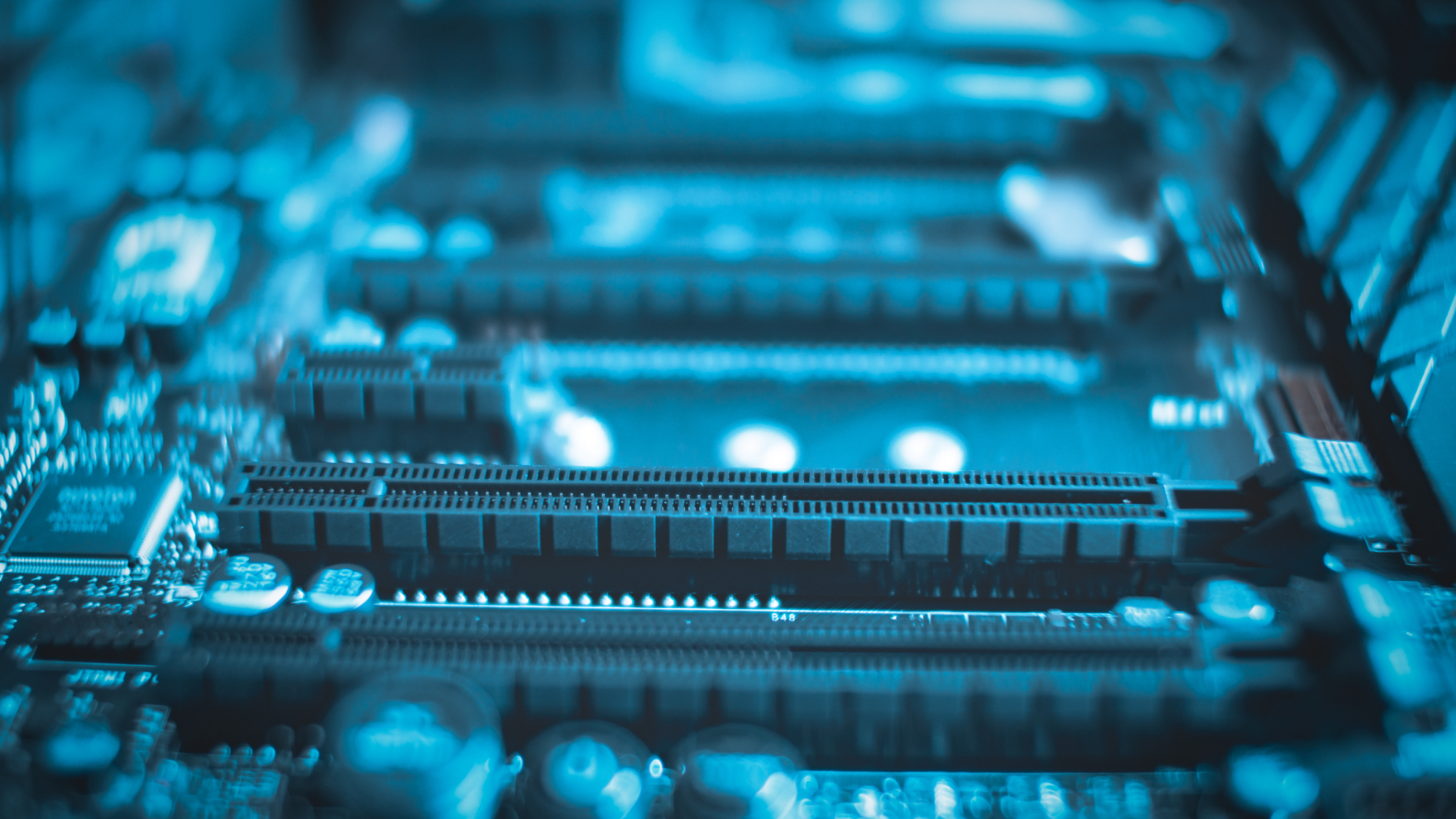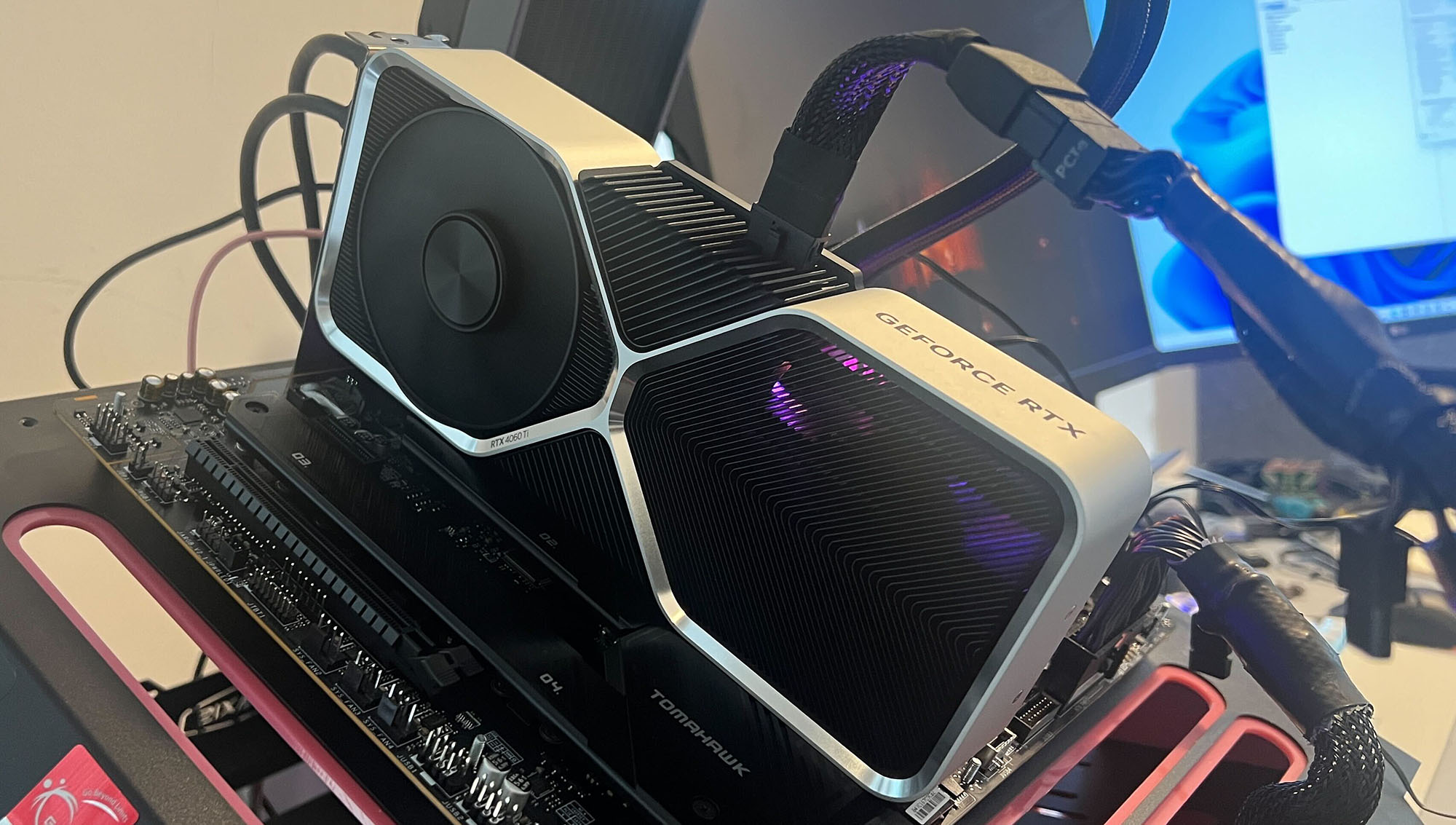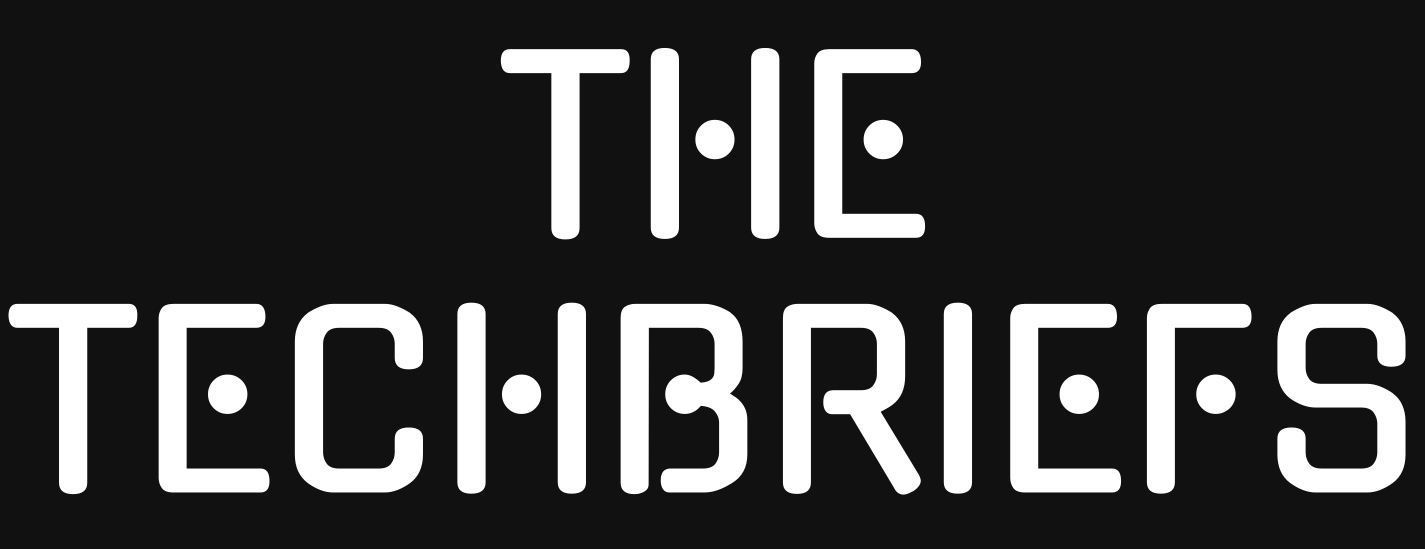
- The spec for PCIe 7.0 has been announced
- It’s a new standard for even faster – incredibly quick – connections with PCIe components in your PC
- The standard is still in the earliest stages, though, and won’t be here for a long time (PCIe 6.0 hasn’t quite arrived yet, in fact)
PCIe (PCI Express) connectivity continues to forge ahead and already a new spec for a future generation of PCs has been announced, which is PCIe 7.0.
VideoCardz reports that PCI-SIG, the organization that oversees the standard, has announced PCIe 7.0 and is boasting about just how fast it’ll be. (Spoiler alert: really, really fast).
But wait a minute – aren’t we still on PCIe 5.0 these days? Well, yes, that’s what a (cutting-edge) PC will support, and I’ll come back to exactly what’s going on with the development path of the PCI Express standard (and PCIe 6.0) momentarily.
PCIe 7.0 is currently a spec that has just been sketched out, and it’ll offer a data rate of 128GT/s, which is twice the speed of PCIe 6.0 (which itself doubled the transfer rate of PCIe 5.0).
With PCIe 7.0, you’ll get support for up to 16 PCIe lanes (in a single slot) and up to 512GB/s of bandwidth in total (in both directions). PCIe lanes are bi-directional (meaning data can be sent in either direction) lines of communication hooking up PCIe components – primarily the graphics card or SSDs (but also other miscellaneous boards) – to the motherboard.
Collectively, PCIe lanes facilitate all these key components working in your PC (read up more about this here).
So, while much faster speeds for that communication is indeed a potentially big deal for the future, for the performance of GPUs and drives mainly, we are very much looking to the future here – meaning way down the line.
Analysis: Timescales – and PCIe 8.0 appearing on the horizon

As I already mentioned, we are on PCIe 5.0 right now. PCIe 6.0 was announced at the start of 2022, over three years ago, and still remains in development, though it is now nearing the finish line – we may even see the first hardware supporting it arrive later this year (or early next).
So, as you can imagine, we’re looking towards the end of the decade before PCIe 7.0 actually pitches up. Leading up to that milestone, hardware makers will be working away with the standard, developing and testing prototypes, and refining the final hardware for three or four years. And initially, that hardware will be used in the likes of quantum computing, data centers and other demanding tasks – not consumer PCs.
And meanwhile, PCI-SIG has confirmed that work on concocting the PCIe 8.0 standard has already begun.
So, while this is all well and good, with these incoming standards lining up and sounding ever more blisteringly fast, what’s the impact for consumers in the nearer-term? Not a lot, frankly. Even the top-tier, super-expensive examples of the best GPUs currently available aren’t pushing the boundaries of PCIe 5.0 yet – there’s no need for anything faster, not even in the flashiest PC.
However, there are niche cases where older PCIe standards are now hampering some new graphics cards.
A case in point is the RTX 5060 Ti (or non-Ti) with 8GB of video RAM, which loses some performance when it’s in a PCIe 4.0 motherboard slot because that slower standard isn’t enough – and if your motherboard’s still using PCIe 3.0, that’s a world of performance pain. (For a detailed explanation of why this GPU is problematic in this way, check here – AMD’s RX 9060 XT is also held back by its 8GB of VRAM).
Really, though, this is outlier stuff more than anything (and frankly, more to do with questionable decision-making and configuration of these graphics cards in the first place). Still, with ever-faster PCIe standards rolling inexorably towards us, in the future, even aging consumer PCs might cope better with whatever dubious decisions GPU makers throw at them.
Furthermore, as recently discussed, advancing the PCIe spec and keeping it very much on the cutting-edge is important in terms of maintaining standardization for the connection of PC components.

